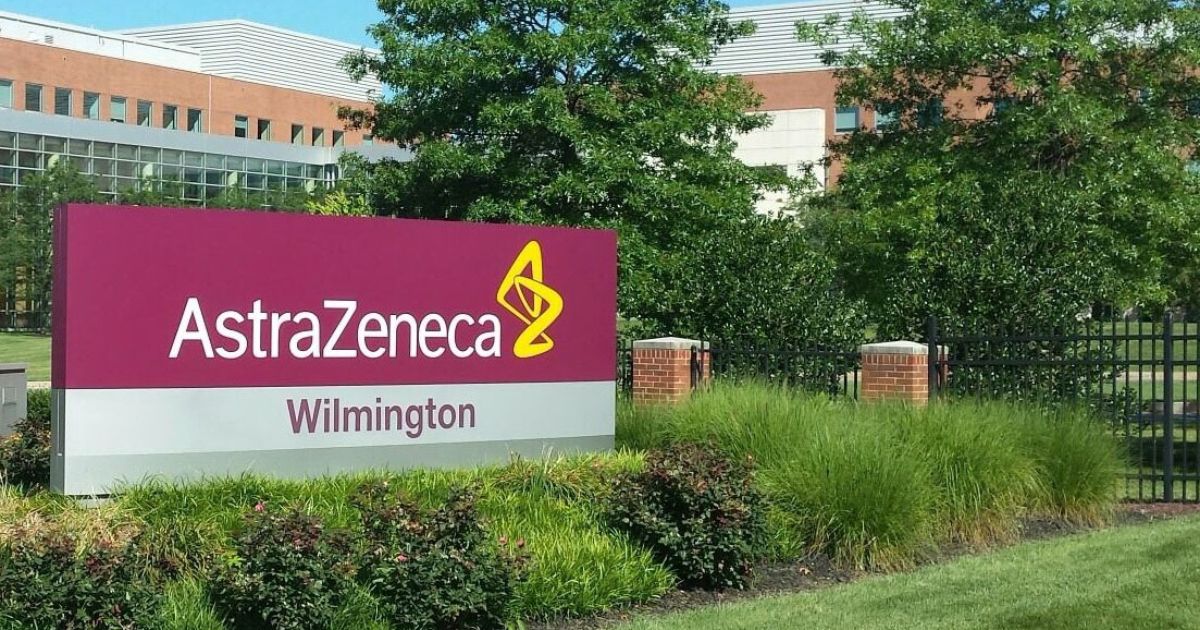
Now that Alexion’s Soliris is in AstraZeneca’s hands, the drugmaker is counting on the C5 inhibitor to help push it toward billions in sales in just a few years. But a prominent drug pricing watchdog is raising a red flag over its costs for patients with a rare neuromuscular disorder.
The Institute for Clinical and Economic Review (ICER) on Friday released its report examining the cost-effectiveness of Soliris, also known as eculizumab, as well as up-and-comer efgartigimod for patients with the myasthenia gravis.
Soliris, first approved for generalized myasthenia gravis (gMG) in 2017, carries a list price of about $ 470,000 annually. But to ICER, that cost is “well beyond typical thresholds.”
Soliris would need a “substantial discount” to reach a more appropriate price, according to its report. Using the widely leveraged measure for disease burden known as quality-adjusted life year (QALY), ICER calculated a range of $ 6,900 to achieve $ 50,000 per QALY to $ 25,700 to hit $ 200,000 per QALY.
The group, after examining Soliris’ late-stage trial data, determined they’re highly certain it produces a small benefit to patients who are positive for anti-AChR antibodies, while there’s a “moderate certainty of a small or substantial net health benefit.”
As for argenx’s efgartigimod, that drug hasn’t scored an FDA nod yet and its eventual cost-effectiveness will depend on its price.
Representatives for AstraZeneca and argenx weren’t immediately available for comment.
Given ICER’s uncertainty regarding efgartigimod’s dosing and long-term benefits, the group said it’s moderately certain the drug can produce a “comparable, small or substantial net health benefit” in that same group of MG patients. Except current data is insufficient to determine its benefit in patients who are negative for anti-AChR antibodies.
ICER’s researchers used a two-year treatment horizon in their model but noted that it’s unclear how long patients are supposed to remain on these treatments. The model may not fully capture the challenges the disease presents to patients, ICER acknowledged.
RELATED: Alexion’s new blockbuster Ultomiris keeps gaining steam as $ 39B AstraZeneca deal looms
MG is a “serious, lifelong disease with life-threatening manifestations, and most patients do not achieve treatment goals with conventional therapy,” the report said.
With the closing of AstraZeneca’s mega $ 39 billion buyout of Alexion Pharmaceuticals this week, the U.K. pharma has officially picked up Soliris and its successor, Ultomiris. Alexion has been working to push Ultomiris through additional indications ahead of Soliris’ expected loss of exclusivity in 2025.
AstraZeneca’s deal, the largest struck last year, is all part of CEO Pascal Soriot’s mission to hit $ 40 billion in global sales by 2023. The company will see an immediate $ 6 billion bump to its topline thanks to Alexion’s C5 inhibitors, used to treat rare diseases like paroxysmal nocturnal hemoglobinuria.
